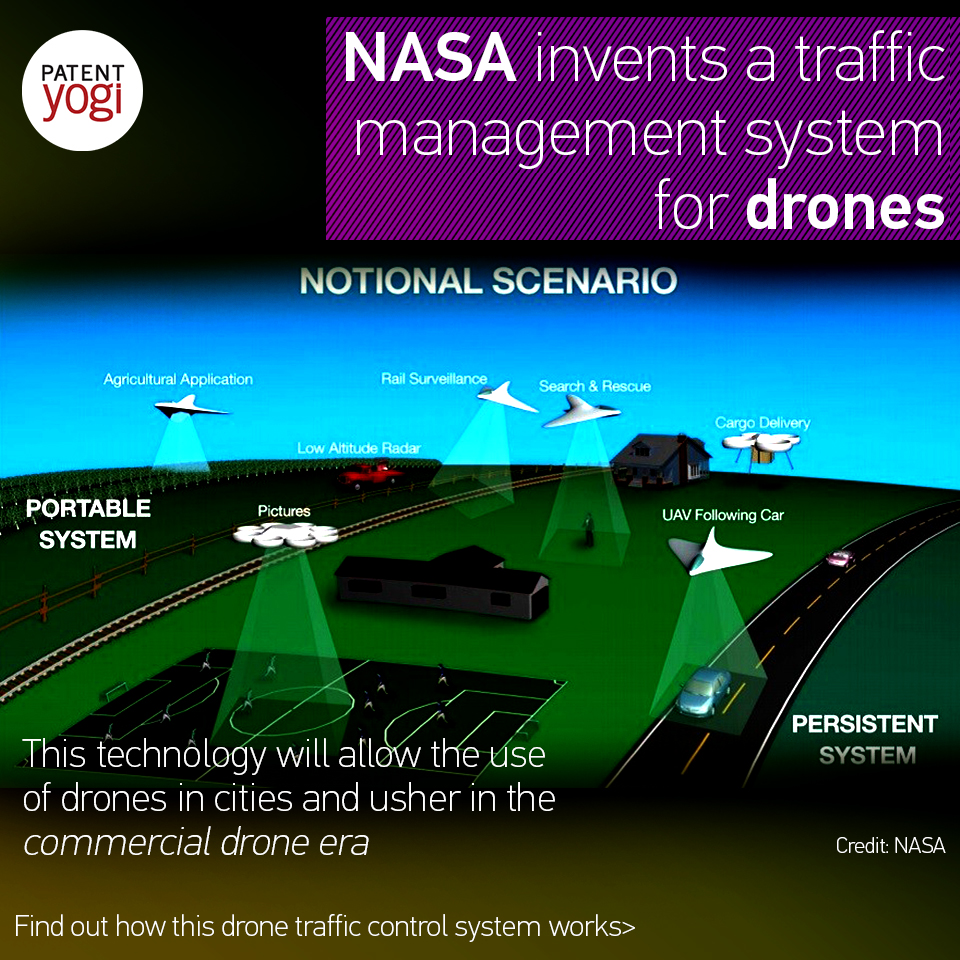In the early years of commercial air transport, the National Airspace System in the US, used by commercial airlines, comprised of controlled and uncontrolled airspace. In uncontrolled airspace, aircrews were responsible for visually identifying and avoiding other aircraft.
In later years, more airspace was brought under controlled airspace to limit mid-air collisions. Now, the National Airspace System at an altitude above 10,000 feet is all controlled airspace managed by Air Traffic Control of the Federal Aviation Administration (FAA).
In uncontrolled airspace at altitudes below 10,000 feet, aviation operations include experimental aircraft, general aviation aircraft, helicopters, gliders, and skydiving operations. These activities are subject to separate but less stringent FAA regulations. Now, the uncontrolled airspace is generally away from populated areas.

Given the growing popularity of drones or unmanned aerial systems (UASs), there is an urgent need to manage drone traffic in populated areas. NASA has taken up the task and has invented a traffic management system for drones that operate in the uncontrolled airspace, i.e. below 10,000 feet MSL.
A recent patent filed by NASA disclosed a UAS Traffic Management (UTM) system to allow safe and efficient UASs operations in low-altitude airspace. UTM supports all types of UASs operations ranging from disposable UASs with minimal avionics capabilities to highly capable UASs with sophisticated avionics and communications equipment.
Specifically, the UTM supports safe and efficient low-altitude UASs operations by providing airspace design and rules where, for example, altitudes are assigned based on direction of flight; geo-fencing design and updates based on need to avoid sensitive areas (e.g., noise sensitive areas or high value assets); surveillance of vehicles; weather and wind prediction and integration with route and flow management; avoidance of hazardous winds, wake, and weather (W3); congestion management; constraint and obstacle management (e.g., terrain, tall natural and man-made structures).
The UTM will allow the use of drones in cities and other populated areas and usher in the commercial drone era.
Publication number: US 20160275801
Patent Title: Unmanned Aerial Systems Traffic Management
Publication date: 22 Sep 2016
Filing date: 19 Dec 2014
Inventors: Parimal Kopardekar;
Original Assignee: USA as Represented by the Administrator of the National Aeronautics & Space Administration (NASA)

